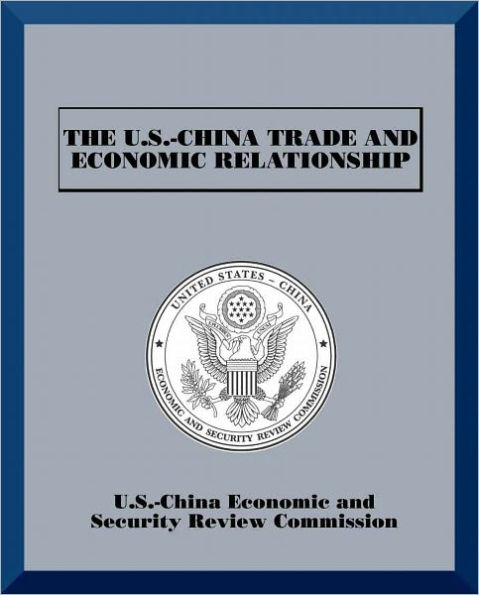After three decades of growth averaging nearly 10 percent a year, China passed Japan in the first half of 2010 to become the world's second-largest economy, after the United States. Although the gap between China's $5 trillion economy and the nearly $15 trillion economy of the United States remains very large, China's advancement is remarkable for a country whose gross domestic product (GDP) was just half as much five years ago. China's per capita income has increased from $930 in 2000 to $3,600 in 2009. China is America's biggest trading partner in the Asia-Pacific region and its second-largest trading partner overall, after Canada.
While the United States and the European Union (EU) are struggling in the wake of the global financial crisis, China has continued to grow: In the first quarter of 2010, China posted growth of 11.9 percent at an annualized rate. Although growth has been moderating since (10.3 percent in the second quarter at an annualized rate), China's economy is forecast to expand about 10 percent in 010—continuing a remarkable, three-decade streak of double-digit growth on average. As the holder of the world's largest stock of foreign exchange reserves ($2.65 trillion as of October 2010), Beijing also questioned the role of the U.S. dollar as the global reserve currency and has led the drive for greater representation on global bodies, such as the International Monetary Fund (IMF) and the World Bank. China's leaders have grown more confident on the international stage and have begun to assert greater influence in Asia, Africa, and Latin America with special trade agreements and multibillion dollar resource deals.
China's manipulation of its currency remains one of the most intransigent issues in the U.S.-China trade relationship. China's deliberately undervalued RMB has unfairly conferred substantial economic advantages on China to the detriment of major trading partners, principally the United States and Europe. China's undervalued RMB makes China's exports cheaper and imports more expensive, and it encourages foreign direct investment into China, resulting in the loss of investment and jobs in Europe and the United States.
Nobel Prize-winning economist Paul Krugman stated that China follows a "mercantilist policy, keeping its trade surplus artificially high," which gives Chinese manufacturing "a large cost advantage over its rivals, leading to huge trade surpluses." Dr. Krugman wrote that his "back-of-the-envelope calculations suggest that for the next couple of years Chinese mercantilism may end up reducing U.S. employment by around 1.4 million jobs."



